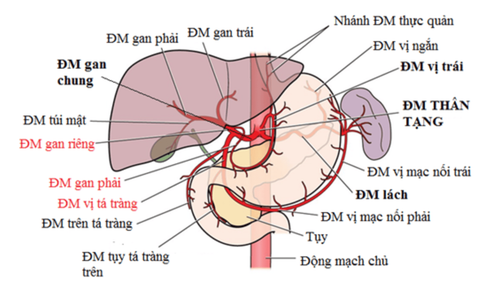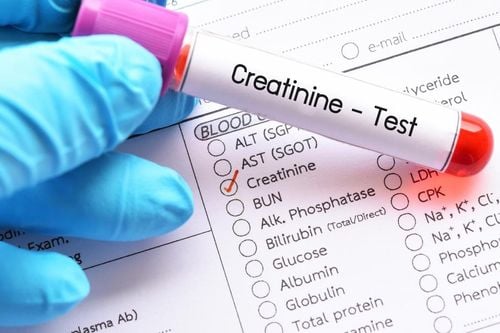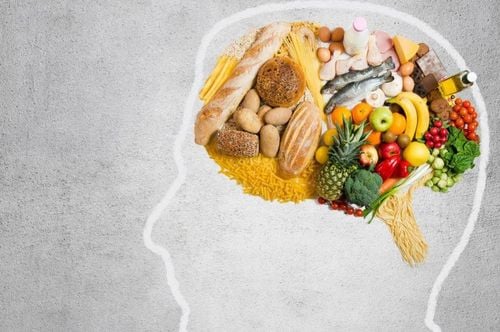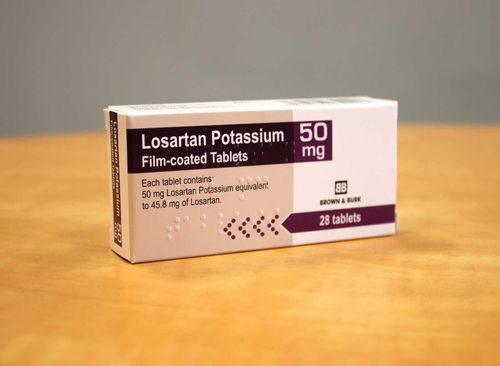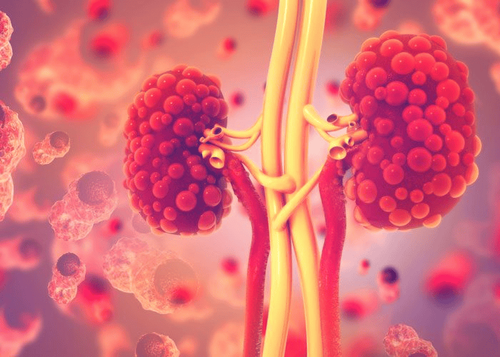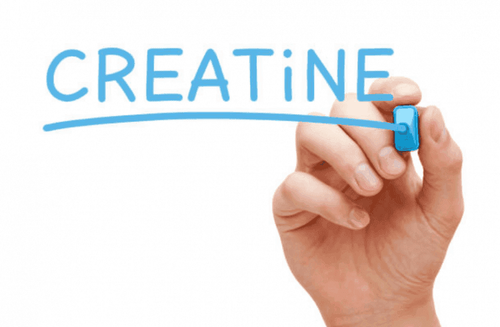This is an automatically translated article.
The article was professionally consulted by Specialist Doctor I Dong Xuan Ha - Department of Medical Examination and Internal Medicine - Vinmec Ha Long International General Hospital.Creatine is an amino acid located mainly in your muscles, but it is also present in the brain. The body's liver, pancreas, and kidneys can make creatine. Supplement with creatine through consumption of foods such as seafood and red meat.
The body converts creatine into phosphocreatine and stores it in your muscles where it is used for energy. Therefore, people take creatine to improve exercise intensity and increase muscle mass.
1. What is creatine?
Creatine is a nutrient that occurs naturally in our bodies. The body converts creatine into creatine phosphate. Creatine phosphate is an organic compound that catalyzes the production of adenosine triphosphate (ATP). Creatine phosphate donates the phosphate molecule to ADP (adenosine-diphosphate) and thus regenerates ATP. ATP provides energy for the body to perform muscle contractions, increasing muscle performance.We can get creatine through our diet, mainly from meat and fish, and partly by the body.
2. Uses of creatine
The benefits of creatine are highly dependent on factors such as age, exercise level, diet, and athletic activity. Creatine will be less effective for sports that require explosiveness such as sprinting, weightlifting.Some of the benefits of creatine to the body include:
Improved muscle in older adults: Creatine may improve muscle strength in older adults. You need to be persistent in taking creatine supplements.
Athletic Performance: Creatine seems to improve jumping height and soccer performance in athletes. Differences in creatine dosage will also result in different performance.
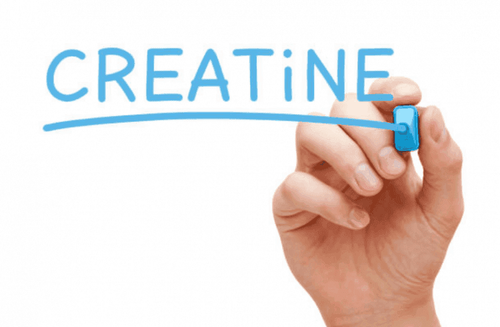
Arginine-glycine amidinotransferase (AGAT) deficiency is another disorder that prevents the body from making creatine. In children with this condition, taking creatine for up to 8 years can help improve attention, language, and mental performance. But taking creatine does not seem to improve brain creatine levels, movement, or mental function in children whose disorders are caused by creatine not being transported properly.
Muscle Strength: There has been a lot of research done to evaluate creatine's ability to improve muscle strength. However, an analysis of these studies found that creatine appeared to modestly improve body strength, a result that was worse when creatine was administered to the elderly and young children.
Improves skin aging: Preliminary research shows that a cream containing creatine and other ingredients applied to the face every day for 6 weeks can reduce sagging skin and wrinkles in men. Another study also found that a cream containing creatine and folic acid improved sun damage and reduced wrinkles.
3. How to use Creatine
For adults, the way to use creatine is as follows:For age-related muscle loss: Most people should take a short-term loading dose first, followed by a long-term maintenance dose. The first dose is 20 grams per day for 4-7 consecutive days. The maintenance dose is usually 2-10 grams per day. For athletes: A short-term loading dose should be administered first, followed by a long-term maintenance dose. The first dose is 20 grams per day for 4-7 consecutive days. The maintenance dose is usually 2-10 grams per day. For those requiring a lot of muscle strength: A short-term loading dose should be administered first, followed by a long-term maintenance dose. The first dose is 20 grams per day for 5-7 consecutive days. The maintenance dose is usually 1-27 grams per day. For children, use 400-800 mg of creatine per kilogram of body weight, taken daily for up to 8 years. Alternatively, 4-8 grams of creatine per day can be used for 25 months.
4. Side effects when using Creatine
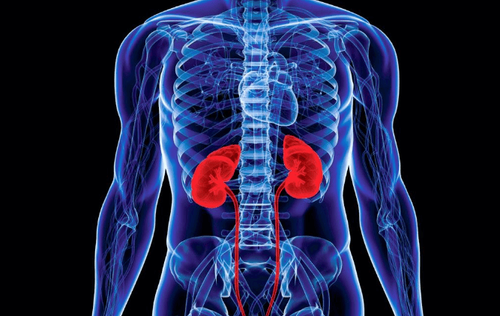
While taking creatine may not help all athletes, people with kidney disorders or those at risk for kidney disease should talk to their doctor before taking creatine due to concerns that the supplement Supplements can cause kidney damage.
When used directly with creatine in appropriate doses, creatine is likely to be safe for up to 5 years. However, there is concern that creatine taken in high doses could be unsafe and damage the liver, kidneys, or heart.
Some of the side effects of creatine include:
Muscle cramps. Nausea. Diarrhea . Dizzy. Stomach pain. Loss of water. Weight gain. Keep water. Temperature intolerance. Fever. Do not take creatine if you have a history of kidney disease or have other medical conditions such as diabetes that increase your risk of kidney problems. There is also some concern that creatine might increase mania in people with bipolar disorder.
Pregnant and lactating women should not use creatine. Also note that caffeine and creatine combined can make Parkinson's disease worse.
Please dial HOTLINE for more information or register for an appointment HERE. Download MyVinmec app to make appointments faster and to manage your bookings easily.
Reference source: webmd.com; mayoclinic.org




